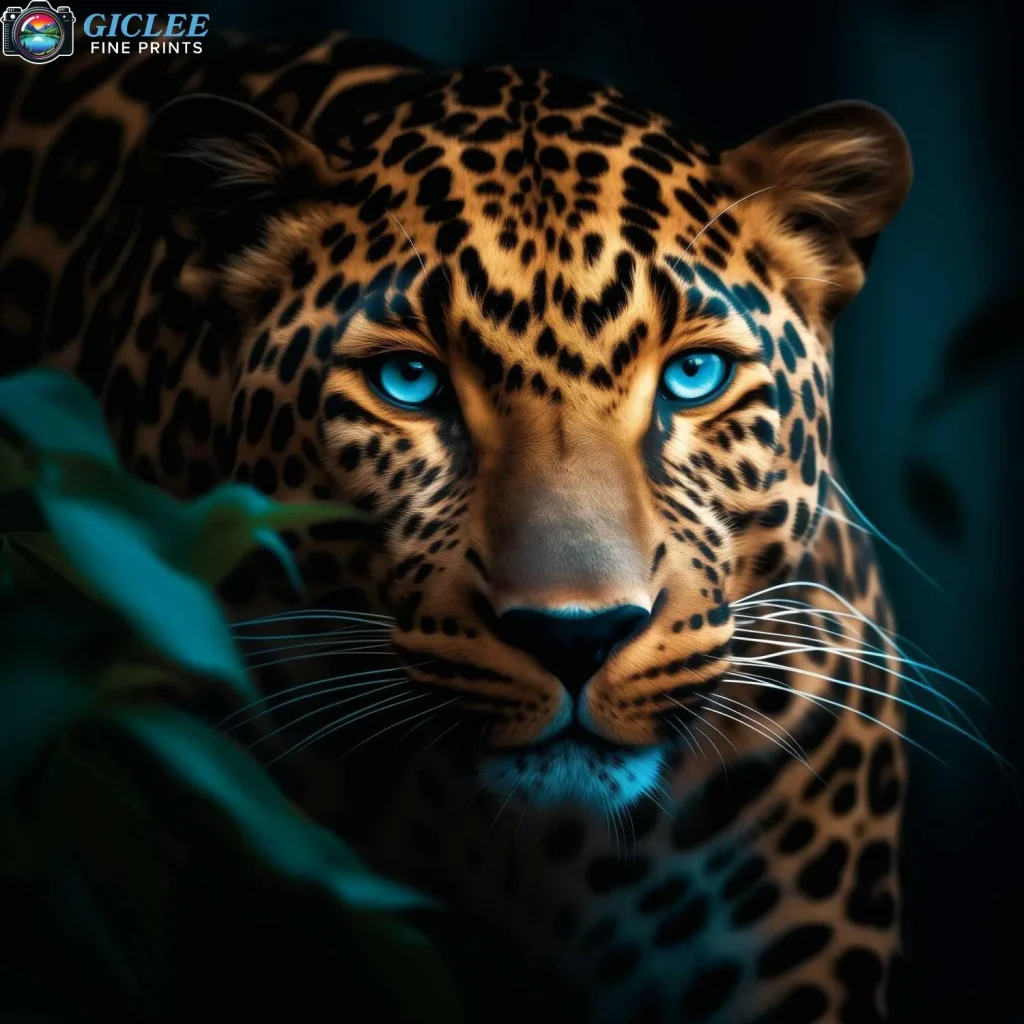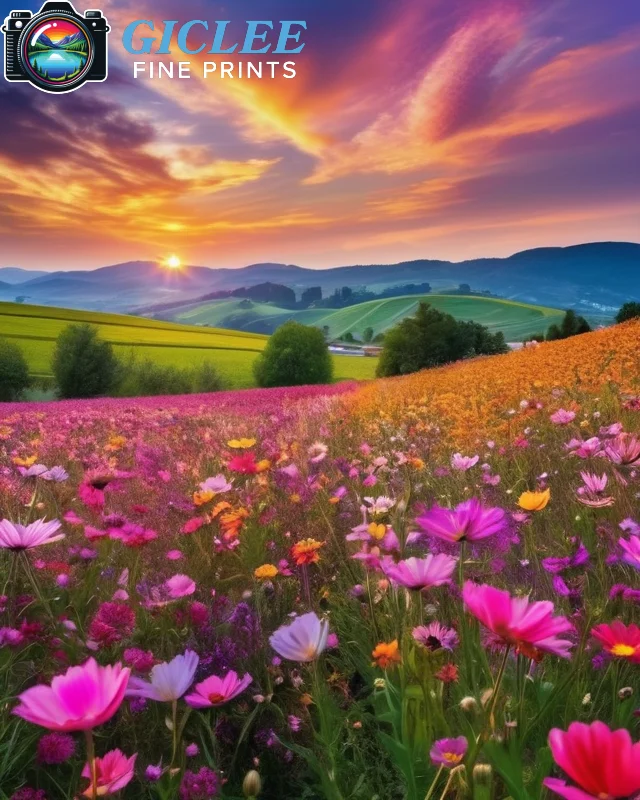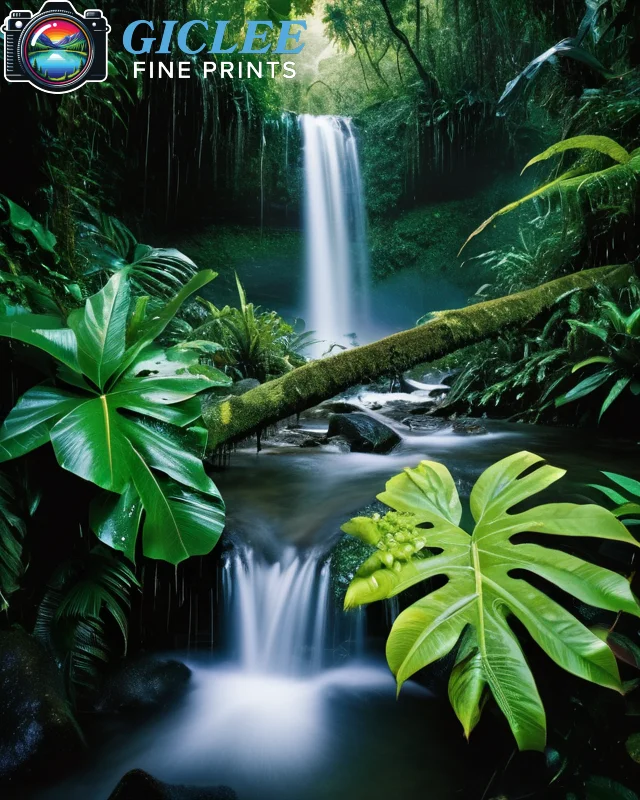
When it comes to creating high-quality custom prints on apparel and other items, choosing the right printing method can be the difference between a great product and a subpar one. Two widely used methods are Direct to Film (DTF) printing and screen printing. While both techniques are effective, they cater to different needs and offer distinct benefits depending on the project. This guide will help you understand the differences between DTF and screen printing to determine the best option for your custom printing requirements.
What is DTF Printing?
Direct to Film (DTF) printing is a relatively new printing technology that allows you to print designs onto a special film, which is then transferred to fabric using heat and adhesive powder. DTF printing is known for its flexibility and ability to produce vibrant designs on a wide range of fabrics, including cotton, polyester, and blends.
Key Features of DTF Printing:
- Works on Multiple Fabrics: DTF printing can be applied to cotton, polyester, nylon, and more, making it versatile for various materials.
- Vivid Colors: DTF prints are bright and bold, with excellent detail, making them ideal for intricate designs.
- Durability: DTF prints are highly durable, with designs that resist fading, cracking, or peeling even after multiple washes.
- No Pre-Treatment Required: Unlike some other methods, DTF doesn’t require fabric pre-treatment, which simplifies the process.
- Flexible Design Placement: DTF allows for printing on hard-to-reach areas such as sleeves, pockets, and collars, which is harder to achieve with other methods.
What is Screen Printing?
Screen printing is one of the oldest and most widely used printing methods. It involves pushing ink through a mesh screen onto fabric or another surface, with each color in the design requiring its own screen. This technique is ideal for printing bold, simple designs in larger batches.
Key Features of Screen Printing:
- Vibrant and Long-Lasting Prints: Screen printing produces bright, durable prints that last through many washes, especially for solid colors.
- Cost-Effective for Large Orders: Screen printing becomes more economical as the order size increases, making it ideal for bulk orders.
- Limited Color Complexity: Since each color requires a separate screen, screen printing is best suited for designs with fewer colors or large, solid areas of color.
- Textured Print: Screen printing leaves a raised texture where the ink is applied, giving the print a slightly tactile feel.
- Pre-Treatment Not Required: Screen printing does not require fabric pre-treatment, making it simple for large-scale operations.

Comparing DTF and Screen Printing
Both DTF and screen printing are popular techniques, but they serve different purposes depending on the project scope, fabric type, and design complexity.
1. Fabric Compatibility:
- DTF Printing: Works on a wide range of fabrics, including cotton, polyester, nylon, and blends, making it ideal for multi-fabric projects.
- Screen Printing: Best suited for cotton and cotton-blend fabrics. It can also be used on polyester, but with less vibrancy compared to cotton.
2. Design Complexity:
- DTF Printing: Can handle highly detailed, multi-colored designs with gradients and complex images. It’s perfect for designs with lots of small details or varying colors.
- Screen Printing: Works best for simpler designs with large, solid areas of color. While multi-color designs are possible, each color requires its own screen, making complex designs more labor-intensive and costly.
3. Order Size:
- DTF Printing: Ideal for small to medium-sized orders or custom one-off designs, as it doesn’t require the setup that screen printing does.
- Screen Printing: More cost-effective for larger batch orders because the setup costs are spread out over a greater number of items. Screen printing becomes less economical for smaller runs due to the need to create separate screens for each color.
4. Durability:
- DTF Printing: DTF prints are extremely durable and hold up well after repeated washes. They are flexible and resist cracking or peeling, making them ideal for items that will be washed frequently.
- Screen Printing: Also highly durable, especially for bold, solid designs. However, with time and frequent washing, screen-printed designs may crack or fade slightly, particularly if the ink layers are thick.
5. Print Feel and Texture:
- DTF Printing: DTF prints sit on top of the fabric, but they have a relatively soft and flexible feel. The adhesive powder used in DTF ensures a smooth finish that doesn’t feel too heavy or stiff.
- Screen Printing: Leaves a slightly raised, textured print where the ink is applied. The thickness of the ink can vary depending on the design, creating a more noticeable texture compared to DTF.
6. Setup and Cost:
- DTF Printing: Has minimal setup, making it cost-effective for small and custom orders. There is no need for screens or additional setup for each color.
- Screen Printing: Requires creating individual screens for each color in the design, which increases setup costs. It is more cost-effective for large production runs due to the high initial setup cost.

Best Use Cases for DTF Printing
DTF printing is ideal for projects that require flexibility, durability, and high color vibrancy across various fabrics. Here are some ideal use cases:
DTF Printing Use Cases:
- Custom Apparel: Perfect for creating custom t-shirts, hoodies, and sportswear with vibrant, detailed designs.
- Small Batch Orders: DTF is great for small runs, such as personalized items, limited-edition collections, or event merchandise.
- Hard-to-Print Areas: With its ability to print on hard-to-reach areas like sleeves and collars, DTF is ideal for garments requiring design placement flexibility.
Best Use Cases for Screen Printing
Screen printing is best suited for larger orders where durability and solid colors are required. Here are some common use cases:
Screen Printing Use Cases:
- Bulk Orders: Ideal for large orders of t-shirts, uniforms, or promotional items where the same design is repeated.
- Simple, Bold Designs: Works best for designs with few colors or solid areas, such as logos or slogans.
- Merchandise: Screen printing is great for creating branded merchandise in bulk for events, concerts, or corporate promotions.
Contact Us
Our address is: 3816 Pioneer Trail Ste #3, South Lake Tahoe, CA 96150
Email: Info@gicleefineprints.com
FAQs
DTF printing is better for small or custom orders because it has minimal setup and can handle complex designs without the need for screens.
Both methods are durable, but DTF tends to be more flexible and resistant to cracking or peeling, while screen printing may eventually crack or fade with time.
Screen printing is more cost-effective for large orders due to the reduced cost per item once the screens are set up.


